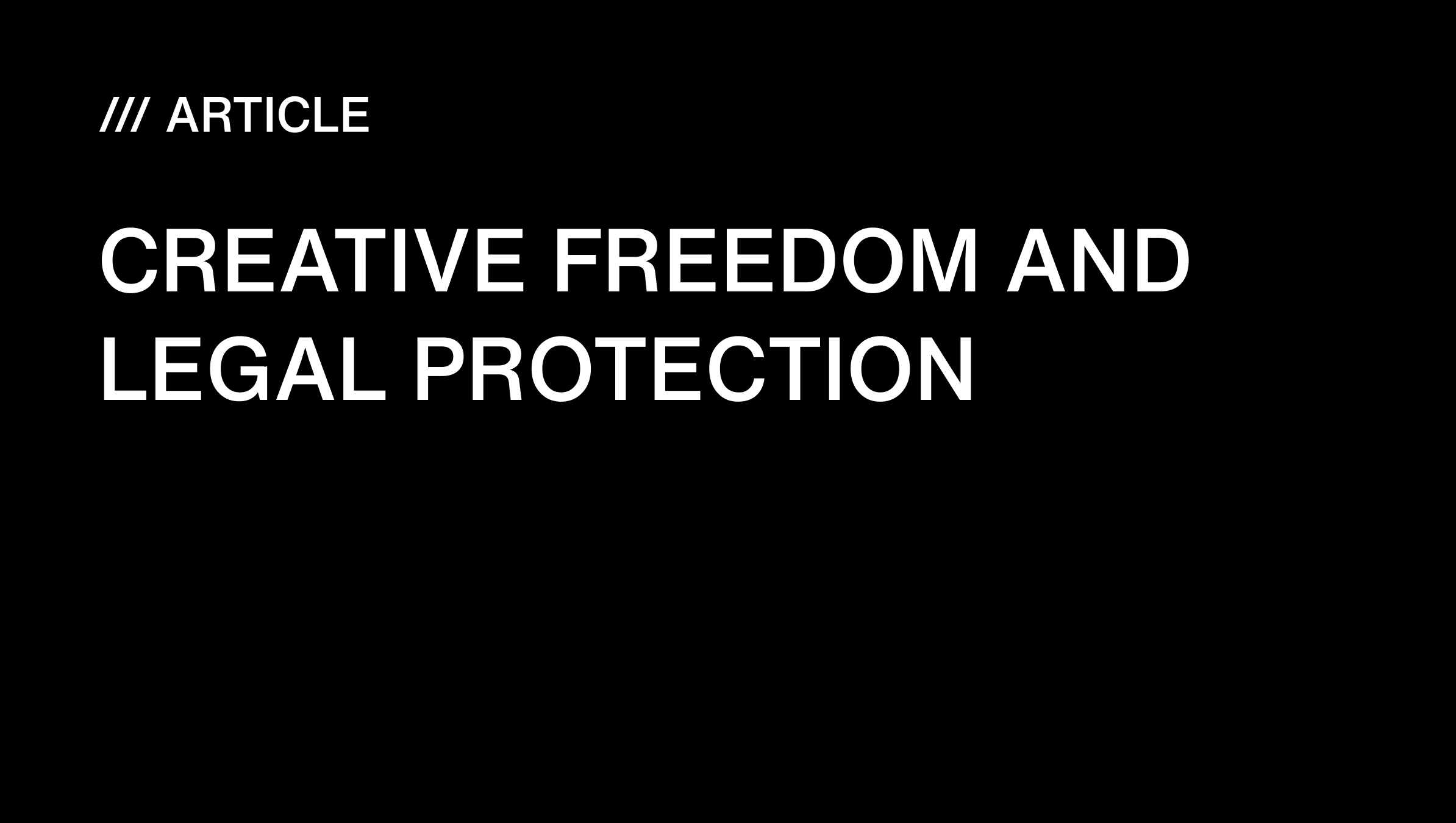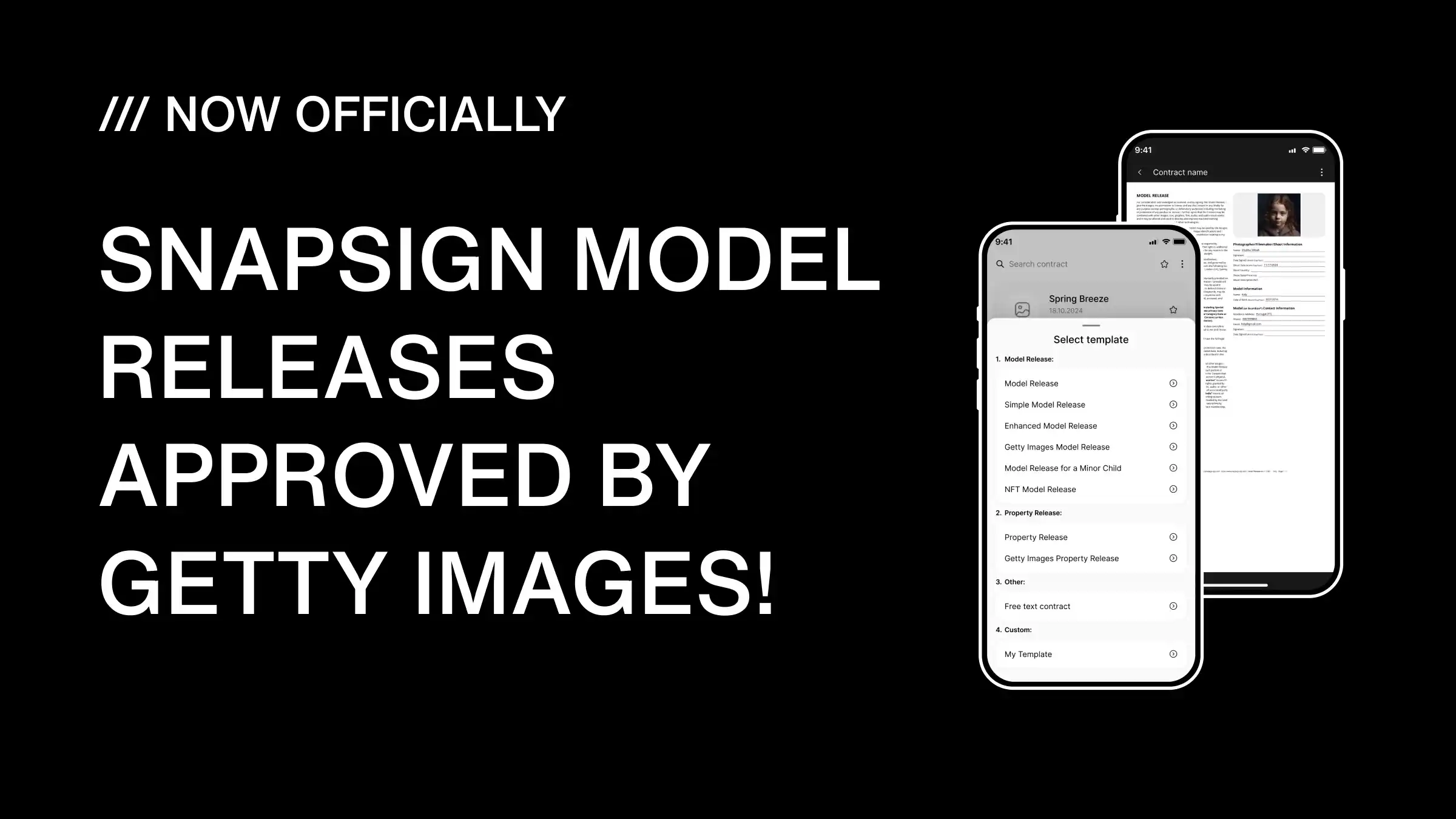How I Talk About Model Releases
So there we are - set’s alive, lights humming, subject feeling the groove - and then I pull out a model release. Boom. Energy shift. It's like I just asked them for their Netflix password. Been there.
Here’s the lowdown: If you’re putting photos out there - selling, sharing, printing - you need a model release. No way around it. But most folks who aren't pro models? They look at that doc like it’s a court summons. So, how do I explain it without killing the mood or sounding like a walking legal notice? Here's my way.
So... What Even Is a Model Release?
In Plain Speak?
It’s permission. Written, signed, clear-cut. Think of it like that old-school field trip slip. It says, “Yep, I’m cool with you using my face in this shoot.”
Why It Actually Matters
If you share those pics without one, especially commercially, you're rolling legal dice. That signature keeps everyone protected and the shoot drama-free. I learned this one the hard way - trust me, it ain't worth skipping.
Why Non-Models Deserve Extra Clarity
What They Might Think It Means
They’re not wrong to be nervous. To them, that form might scream: “You’re gonna see yourself on a Times Square billboard next week.” Or worse - random stock site. If no one’s broken it down for them, their imagination fills in the gaps.
It’s an Emotional Thing Too
It ain’t just paperwork - it’s trust. People wanna feel safe. They wanna know you’re not gonna morph them into a meme or some AI experiment. Explaining it builds that bridge.
The Right Time to Bring It Up (Hint: Not Last Minute)
Seriously, Don’t Drop It on Them at the Shoot
Last-minute surprises? No bueno. Giving someone a contract just two seconds before the flash goes off feels quite... suspicious. I always provide them with a warning in advance - it makes everything easier.
Incorporate it into your pre-shoot discussion
When we’re chatting ideas or pulling reference shots, I casually mention the release. Something like, “Oh hey, I use a quick form just so we’re both squared away - super standard.” Relaxed, easygoing, not a problem.
How to Explain a Model Release in Simple Terms
Keep It Chill and Real
“This form just says I’ve got your okay to use today’s shots - on socials, in my portfolio, maybe future projects. That cool?”
Easy does it.
Give 'Em Something to Relate To
“You know how models end up in campaigns or mags? They signed one of these. Same vibe here.” Makes it relatable.
Set the Mood Right
Joke about your first time signing one. Lighten the air. “Thought I was signing over my kidneys, not a headshot.” Gets a laugh. Tension gone.
Explaining Each Section of a Model Release
“Name and Likeness” - Say What?
That’s just fancy talk for your face, your vibe, how you appear in the photo. No DNA harvesting.
Where You’re Gonna Use It
Covers the where - websites, Instagram, pitches to editors, stuff like that.
For How Long and Where
Some releases are lifetime, some short-term. I tell 'em straight: “This one’s global and indefinite unless we chat otherwise.” Clarity = comfort.
Money Talk: Payment and Credit
Paid? Say it upfront. TFP? Make it crystal. No fuzzy deals. Keeps the friendship - and the footage - intact.
Should You Mention AI, Retouching, or Creative Edits?
Short Answer: Yes. Always.
If there’s any AI use, heavy Photoshop, or fantasy composites in the mix, tell them. “This might get artsy, might get weird. You good with that?” Transparency’s your best friend.
Mobile app that help creates a Model Releases
For a more organized guide, take a look at Designing a Model Release: A Guide for Photographers and Filmmakers - it simplifies the process, detailing each step, and is particularly beneficial if you're inexperienced in developing or personalizing release forms
Apps like SnapSign save my life. Snap a pic, get the John Hancock, done. Plus, show them a sample layout or how the final photo might look - helps big time.
If They’re Hesitant... That’s Okay
Give Them Time
Never pressure. Say, “Sleep on it if you want.” Instant respect.
Let Them Bring Someone Along
A buddy, a partner, a parent - whoever. Gives the whole thing more weight and helps ease the nerves.
When They Say No - Handle It Like a Pro
Happens. Don’t guilt trip. Don’t push. Say thanks, keep it light, maybe circle back later. No big loss.
Keep It Classy: Ethical Tips I Live By
- • No sneaky fine print after signing. Ever.
- • Keep it human - ditch the robot speak.
- • Screenshot convos or save messages.
- • Respect every boundary.
Be straight-up and people respond in kind. It’s that simple.
The Wrap-Up
Model releases aren’t scary if you don’t make ’em scary. Be upfront, be chill, explain it like you would to a buddy. When people feel respected, they say yes more often - and your shoots stay drama-free.





